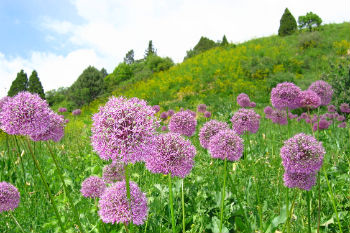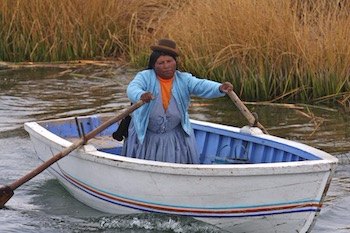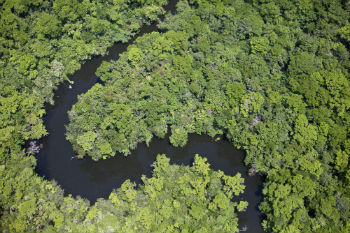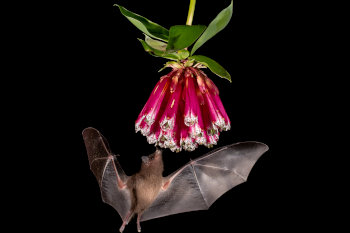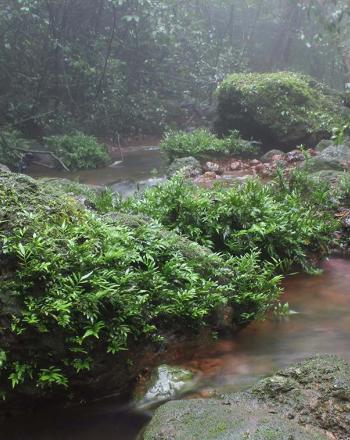Main menu
CEPF is a joint initiative of l’Agence Française de Développement, Conservation International, the European Union, Fondation Hans Wilsdorf, the Global Environment Facility, the Government of Canada, the Government of Japan and the World Bank. A fundamental goal is to ensure civil society is engaged in biodiversity conservation.
Visitez le site français コア情報の日本語翻訳を読むOr use Google Translate to translate the English site to your language:
GTranslate
Priority KBA
Priority Corridor
Other KBA
Other Corridor
Western Ghats and Sri Lanka
Previously invested
Investment
2008 to 2015
US$6 million
Ecosystem Profile
Ecosystem Profile, 2007 (Western Ghats Region)
Stats
CEPF Strategy Strategy
About this hotspot About
Investment
Dates:
2008 to 2015
Amount:
US$6 million
Eligible Countries
Ecosystem Profile
CEPF's investment focused only on the Western Ghats portion of the hotspot and had a significant aggregate impact. One area in which the program was transformative was in supporting the emergence of an effective conservation movement in the region.
A number of high capacity conservation-focused civil society organizations were well established long before we arrived. While the CEPF investment enabled a number of smaller and newer organizations to grow in capacity and credibility, our most significant impact was arguably bringing together groups with complementary capacities and different (sometimes conflicting) perspectives around a common agenda. This was achieved through face-to-face meetings, a shared web-based platform and numerous small group interactions facilitated by CEPF's regional implementation team in the hotspot, Ashoka Trust for Research in Ecology & the Environment (ATREE).
In this way, the program promoted socially just conservation as a vehicle for long-term sustainable use and conservation of biodiversity in both protection and production landscapes.
The Western Ghats region of India is centered on a range of mountains that runs along the west coast. Although the area accounts for less than 6 percent of the national land area, it contains more than 30 percent of all plant, fish, herpetofauna, bird and mammal species found in the country.
Due in part to the varying effect of the yearly monsoons and the high mountain regions, this hotspot is home to a rich endemic assemblage of plants, reptiles and amphibians. Iconic mammal species—the Endangered Asian elephant (Elephas maximus) and Endangered tiger (Panthera tigris) among them—are found here, too.
In addition to rich biodiversity, the Western Ghats are home to diverse social, religious and linguistic groups. The high cultural diversity of rituals, customs and lifestyles has led to the establishment of several religious institutions that strongly influence public opinion and the political decision-making process. The presence of hundreds of sacred groves and sacred landscapes in the region bears testimony to society’s commitment to conservation.
